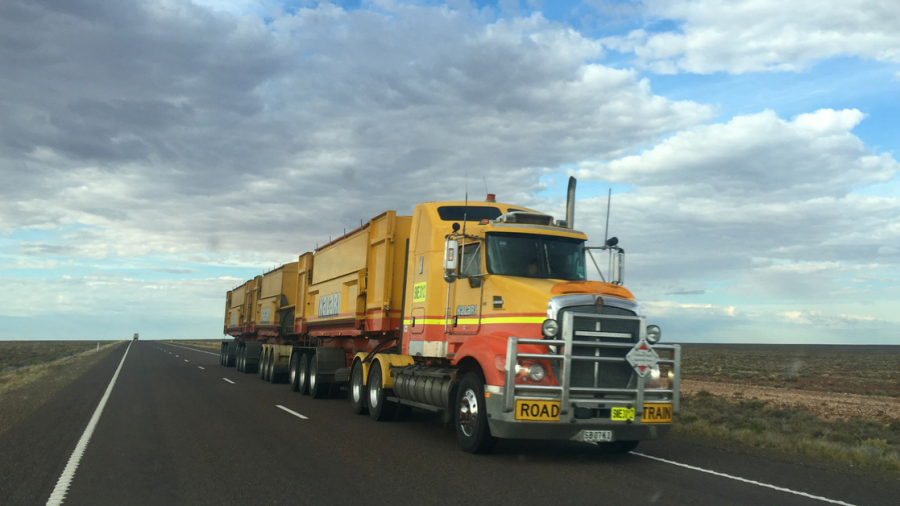Driving a truck may be one of the most dangerous jobs in Australia. Yet there could be double the number of trucks on the roads in the next 20 years. A Macquarie University study in 2017 found truckies work long hours, are afraid to refuse an unsafe schedule or load, and are wary of losing work.
Truckies speak up
The Macquarie study interviewed truckies about their work, including hours and safety concerns:
- Over 80% of drivers say they work more than 50 hours and 10% say over 80 hours a week
- Over 40% would not report safety breaches in case they lost work
- 13% say they could not refuse an unsafe schedule.
Unfortunately, around two thirds of truck drivers are paid based on how far they go or how much they carry. Research shows drivers paid in this way spend longer hours driving, take fewer rest breaks, are more fatigued, and are more likely to speed or use stimulants.
We know driving for more than four hours without a break or driving with empty loads doubles the risk of crashing. Driving between midnight and 6am more than doubles the crash risk.
It is no wonder one in three workplace deaths involves a transport worker. Truck drivers are clearly risking their lives.
Heavy trucks, heavy toll
Of course, road crashes involving a heavy vehicle are likely to be more life threatening. During the year to July 2018, there were more crashes and fatalities than the 5-year average for heavy vehicles. However, the number of people seriously injured fell to just under half that average.
| Heavy truck fatal crashes | Fatalities in crashes | Serious injuries in crashes | |
| Year to 1 July 2018 |
55 | 65 | 182 |
| Year to 1 July 2017 |
57 | 67 | 193 |
| 5-year average | 52 | 58 | 399 |
Based on Transport for NSW figures.
Blame the driver
It is tempting to blame the driver. But blaming the driver completely misses the context in which they drive.
First, studies usually focus on the characteristics of the driver, as if the crash is all the driver’s fault. More than 400 investigations into serious crashes in 2017 focused on driver characteristics (gender, age) and behaviour (speed, fatigue). In fact:
- 80% of road deaths involving heavy vehicles are mainly caused by another party
- 63% of these other parties are aged 21 or younger.
Second, most drivers, not just young people, don’t know much about how to drive around trucks. Few road safety campaigns actually target this topic.
Third, the driver is more likely to crash while fatigued. This implies fatigue is really the driver’s problem, when in fact the work system encourages him to drive while fatigued. If he is paid for a heavy, but unsafe load, then who can blame him if he crashes because of an unsafe load? If he has to travel long distances by a certain time, who can blame him for not stopping?
Last, Australian regulations in the truck industry are not as stringent as in other countries. They require only seven hours of continuous rest from work in any 24 hours, to be taken at any time. This does not meet the recommended seven to eight hours sleep nor give enough time to eat properly.
There is little recognition of the context in which truckies or other people drive.
Change the rules
Perhaps it is time to address those regulations, rather than blame the drivers who work under them. Or address the pressure they are under from employers to work long hours with unsafe loads.
Finally, we must learn to drive safely around trucks rather than expecting them just to drive safely around the rest of us.
Remember, your greenslip protects you from any claims made by people injured or killed in an accident involving your vehicle.


your opinion matters: